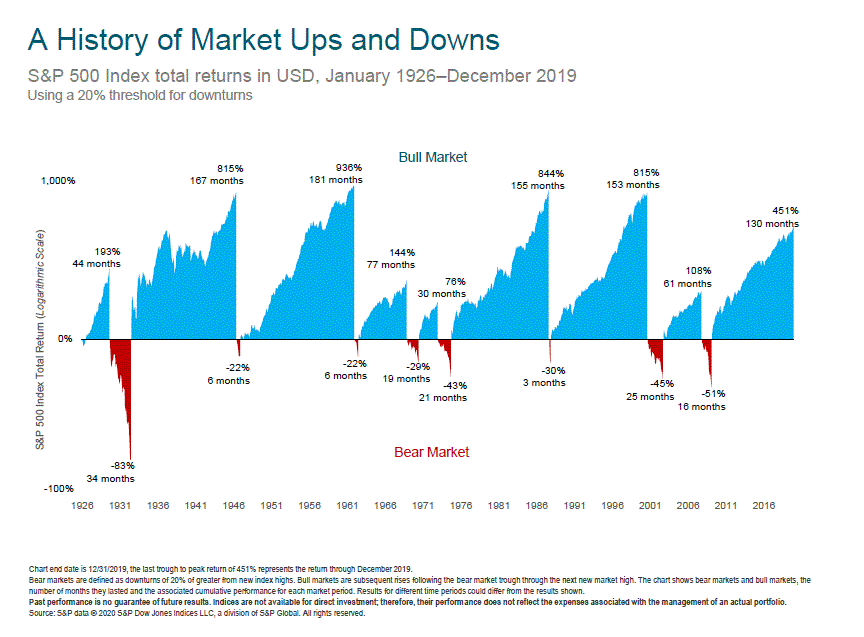Which Path Would You Take?
“I don’t know…something just doesn’t feel right,” you mumble through your mask to your primary care doctor while sitting on the examination table under a flickering fluorescent light in a room decorated with anatomical charts and hand-sanitizer dispensers. After listening to your heart and your lungs, the doctor diagnoses your feelings of worry as a mild condition that is easily treatable but could become serious if a proper treatment regimen isn’t followed. The doctor gives two treatment plans: one coming from the New England Journal of Medicine and the other from a health magazine that can be purchased at your local convenience store. Which plan do you choose?

The health magazines are filled with tips and tricks, such as how to burn body fat, jump-start the body’s metabolic rate, and build immune system strength. And they might even work sometimes. If you want to choose the treatment plan with the highest odds of success, it might give you more confidence to know that the medical journal, and its recommendations, are based on decades of data collected from research studies performed by medical experts and peer-reviewed by the medical community.
We face the same decision when it comes to investing. > SEE MORE

Posted by:
Waypoint Wealth Management
How Is A Horror Movie Like The Economy And The Markets?
I am not a big fan of scary movies. You know, the ones with the guy in the hockey mask or the girl with the head-spinning thing; that’s just not for me. If I’m honest even just typing those words made me cringe at the memories of seeing those scenes. But there’s an analogy going on between those films and the economy and the stock market. Bear with me, and I’ll explain (hint: it’s not scary).

In those movies, there is a point in which you realize something really, really bad is about to happen. It’s that “oh boy, this is going to be very terrifying” type of moment. Physiologically, some people might experience an increase in heart rate, dryness of mouth, eyes watering or goosebumps. The emotion known as fear is palpable, and we’re anticipating something but we have no idea what to expect.
Some would say (I can’t) that the best horror film keeps this feeling “alive” in you for as long as possible–drawing you in, and keeping you engaged and fearing the absolute worst. Then there is that point that we’re let in. We see the monster, or the face, or the ‘thing’ coming out of the TV and it’s in front of us. It’s at this point that something begins to change. It might be scary, but we know what we’re facing now–it’s in front of us, and there’s almost a sigh of relief as we begin to adapt to a new phase of the film. Some might say “this isn’t really that bad” and the heart rate returns to a more normal pace and the goosebumps subside. Things still need to be dealt with in the movie, but we at least know what we’re dealing with.
How are the economy and the stock market similar to this? > SEE MORE

Posted by:
Pete Dixon, CFP®
Partner and Advisor
A Calm Reflection On The Markets
Many of you may prefer to tune out the financial news, and you may not need much reassurance when we experience bear markets. But the biggest worry that we have is that a client is worried; if that is the case with you please don’t hesitate to call to go over your investment plan.
The most common question we get during times like these is: “your phone must be ringing off the hook.” The truth is, that it is not. That doesn’t mean that we’re less busy in times like these. But we do think the quiet is a testament to not only the planning we’ve done and (hopefully) the perspective we’ve provided you, but also that you’ve placed your trust in us. So thank you for that trust—we don’t take it lightly—and we really mean that we are here for you if you want to call or set up an appointment.
So, another long bull market has come to an end (for now). This happens when a market declines by 20% from its recent high watermark. And, while we tend to focus on the negative aspect (the -20% or more), which we completely understand, we recently came upon the following picture that shows in detail the length and scale of ALL the previous bull markets (and bear markets). What is very evident, is that over time the blue/positive/upturn/bull markets dominate the red/negative/downturn/bear markets.
You can click on the following link to see a larger version of this image: Market Declines and Volatility

This, of course, doesn’t mean that downturns are any less difficult when we’re experiencing them. But sometimes visual evidence can help a long-term investor (like you) remember why we invest in the first place. The positive growth outlasts the negative (every time so far) and the net outcome is expected growth. We don’t know when the next upturn will begin. But staying invested means that we’ll be there when it does.
Past performance is no guarantee of future results. Indices are not available for direct investment; therefore, their performance does not reflect the expenses associated with the management of an actual portfolio.

Posted by:
Waypoint Wealth Management
Understanding ‘Average’ Returns
The US stock market has delivered an average annual return of around 10% since 1926.[1] But short-term results may vary, and in any given period stock returns can be positive, negative, or flat. When setting expectations, it’s helpful to see the range of outcomes experienced by investors historically. For example, how often have the stock market’s annual returns actually aligned with its long-term average? > SEE MORE

Posted by:
Waypoint Wealth Management
Can Budgeting Actually Be Rewarding?
Many people view budgeting as a never-ending exercise in self-denial, characterized primarily by the word “no”. But it doesn’t have to be that way.
Instead, think about budgeting as the connective tissue between where your money is going this week, this month or even this year and the life in retirement you’re working toward. When seen in that light, budgeting can be remade into an affirmative tool, an integral part of a fruitful and constructive financial rhythm aligned with your values and goals. And regardless of where you are financially, consider this: Staying within the reasonable guidelines you’ve set with your budget is like saying “yes” to a fulfilling retirement.


Posted by:










